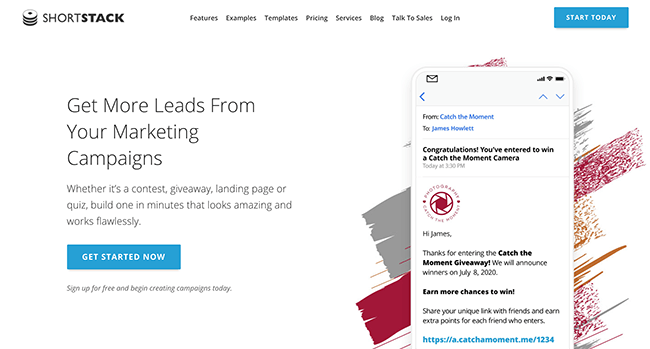
Introduction
In the second quarter of the fiscal year, renowned fashion retailer H&M faced challenges as it reported weaker-than-expected sales figures. This article delves into the details of H&M’s Q2 sales performance, analyzes the factors that contributed to the decline, and explores potential strategies for the company to regain its momentum.
Understanding H&M’s Q2 Sales Results
H&M’s Q2 sales results fell short of market expectations, highlighting a decline in consumer demand and competitive pressures. Let’s delve deeper into the factors that influenced these disappointing numbers.
1. Changing Consumer Behavior
The retail landscape has undergone a significant transformation in recent years, largely driven by evolving consumer preferences. H&M, like many other traditional retailers, faced challenges adapting to the changing demands of its customer base. Shifting consumer behavior, including the rise of online shopping and increased competition from fast-fashion rivals, impacted H&M’s Q2 sales figures.
2. Impact of the COVID-19 Pandemic
The ongoing COVID-19 pandemic has disrupted the global retail industry, and H&M was not immune to its effects. The pandemic resulted in lockdowns, store closures, and economic uncertainty, which significantly impacted consumer spending patterns. As a result, H&M experienced reduced foot traffic in its physical stores, leading to a decline in overall sales.
3. Supply Chain Disruptions
The pandemic-induced disruptions in global supply chains also posed challenges for H&M. The company faced difficulties in procuring raw materials and finished goods, leading to delays in production and distribution. Supply chain bottlenecks hindered H&M’s ability to meet customer demand promptly, which subsequently impacted sales figures.
Strategies to Improve Sales Performance
Although H&M encountered hurdles in Q2, there are various strategies the company can employ to regain its growth trajectory. By focusing on the following key areas, H&M can potentially improve its sales performance and strengthen its competitive position.
1. E-commerce Expansion
Investing in e-commerce capabilities presents a significant opportunity for H&M to reach a wider customer base and enhance sales. By leveraging its online platform, H&M can offer customers a seamless shopping experience, personalized recommendations, and convenient delivery options. Strengthening its digital presence will enable H&M to adapt to evolving consumer preferences and tap into the growing online market.
2. Enhancing Customer Experience
Providing exceptional customer experiences can differentiate H&M from its competitors and foster customer loyalty. By prioritizing aspects such as personalized styling advice, efficient customer service, and easy returns, H&M can create a positive brand perception and drive repeat purchases. Additionally, leveraging customer data and analytics can help H&M better understand its target audience and tailor its offerings to their preferences.
3. Collaborations and Partnerships
Collaborating with influential fashion designers or partnering with popular brands can generate excitement and attract new customers to H&M. Limited-edition collections or exclusive collaborations have proven successful in the past, creating a sense of exclusivity and driving footfall to H&M stores. By strategically selecting partners and leveraging their brand equity, H&M can generate buzz and revitalize its sales performance.

4. Sustainability Initiatives
Incorporating sustainable practices into its business model can resonate with environmentally conscious consumers and enhance H&M’s brand image. By focusing on sustainable sourcing, ethical production processes, and recycling initiatives, H&M can position itself as a responsible fashion retailer. Such initiatives not only attract a growing market segment but also align with global efforts towards a greener future.





